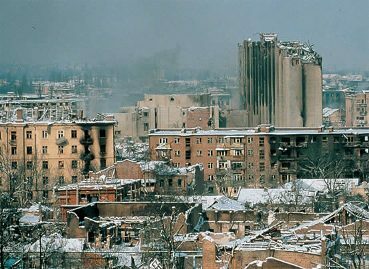On January 30, 1968, US President Lyndon Johnson went to the media to announce that the Vietnam War would be a short-lived conflict. Little did the US head of state know that the Vietnamese were preparing, for the next day, a military offensive that would change the passive tone with which the US faced the “simple” organized conflict in Vietnam.
Vietcong and North Vietnamese military troops undertook violent military action with the aim of taking over all of Vietnam. Among other cities, Saigon, Hué and Khe Sahn were taken by different communist troops. The military action of the Vietcong won the news around the world with the reproduction of the conflict in real time. Among the most famous images of the conflict is the murder of an alleged Vietcong with a headshot.
Another scene that marked the conflict was the invasion of the US Embassy building in South Vietnam. This action was of fundamental importance for international public opinion to begin to distrust the military supremacy of the United States. Protests from university students and political groups around the world began to question the validity of the US occupation in that region.
On February 6 of that same year, Vietcong troops managed to control the city of Khe Sahn, one of the main US control points. Once again, episodes of the war were broadcast in real time, producing an avalanche of opinion pieces, protests and statements that questioned the conflict. However, the TET offensive ended up being controlled by US troops.
The victory of the United States, however, did not create a comfortable political situation for the defenders of the war in the East. Indeed, that incident in 1968 drastically changed the safe view that American authorities insisted on conveying to the population. In the eyes of the US population, that conflict could not be easily won. After all, how is it possible that with more than two years of occupation the US would still be the target of an offensive of that scale?
This simple questioning turned out to be strong enough that President Lyndon Johnson lacked public support to be reelected president. The insistence of war seemed to have undermined the support and confidence placed in the president of the most powerful nation in the world. Still, “Uncle Sam” still persisted in the conflict until 1975. Officially, the United States declared its victory. In contrast, Vietnam was unified under the control of the communist regime.
Do not stop now... There's more after the advertising ;)
20th century - wars - Brazil School
Would you like to reference this text in a school or academic work? Look:
SOUSA, Rainer Gonçalves. "The TET Offensive"; Brazil School. Available in: https://brasilescola.uol.com.br/guerras/a-ofensiva-tet.htm. Accessed on June 28, 2021.

